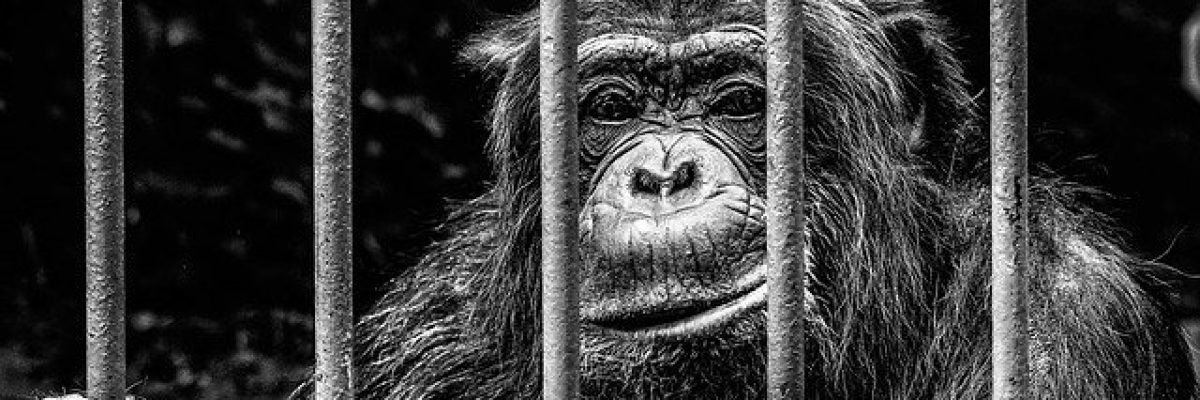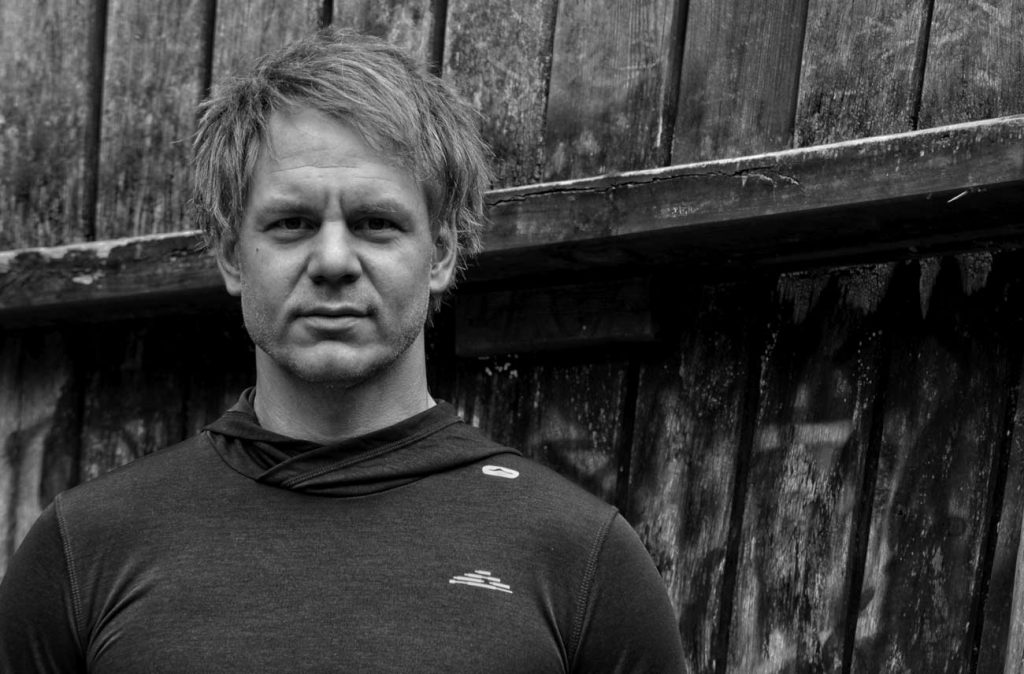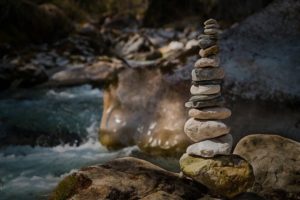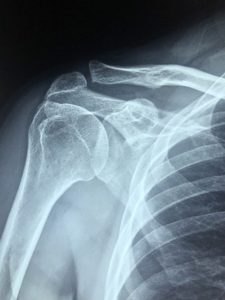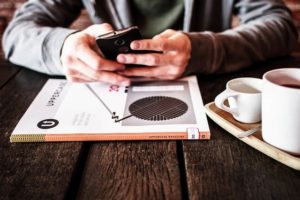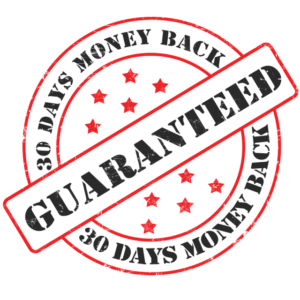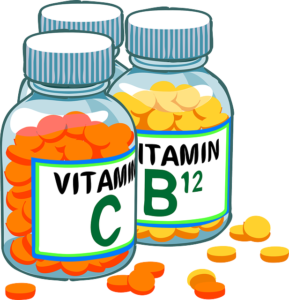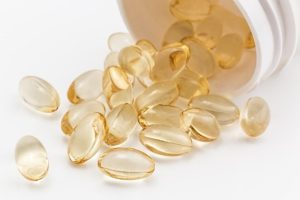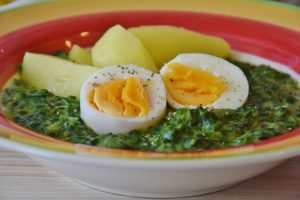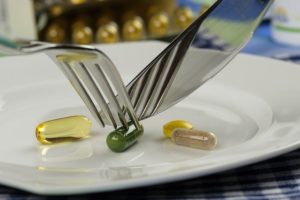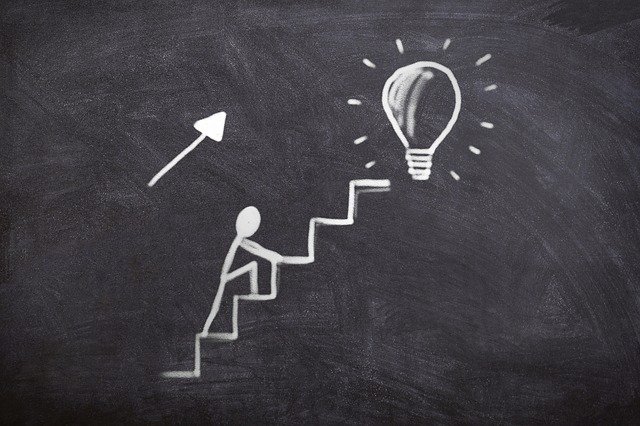The pain relieving expert explains today: Why do monkeys in the wild not get osteoarthritis? And why does the opposite happen in monkeys that have to live in captivity – arthrosis? What can the person affected learn from this? And possibly do differently… I mean, if that’s true…. Well that would be something, wouldn’t it? Grab a liana, we’ll swing to the nearest tree. Ready?
Did “Tarzan” have arthritis? When he lived in the jungle, probably not. Only when he returned to civilisation and spent some time there – then possibly. ![]() Why?The great ape (Chimpanzee, Gorilla, Urang-Utan) is very similar to humans in terms of genetics and bone structure. Do apes have osteoarthritis? Monkeys in the wild?
Why?The great ape (Chimpanzee, Gorilla, Urang-Utan) is very similar to humans in terms of genetics and bone structure. Do apes have osteoarthritis? Monkeys in the wild?
No. Monkeys in captivity, i.e. in small cages where there is little or hardly any room to move – after a few months ! – yes. Why is this so? And if there is a difference, how can you “translate” “the cage” into the everyday life of people in pain? What is different about being confined to a small cage? The range of movement is less.
Movements that you used to be able to do without problems are no longer possible. The potential range of movement, e.g. in the shoulder area or knee, is most likely severely restricted. Does this mean that not using the full range of motion of a joint increases the chance of arthritis? Could it be that resting the joint is the way that caused the problem in the first place? Well, that would be the kicker, wouldn’t it? What I write is hard to digest, isn’t it? To agree, you would have to accept me as an expert. Right?
Especially since I’m claiming something that normal medicine doesn’t recommend for pain. As a rule, the opposite is even recommended.Otherwise I would be another one of those “snake oil” salesmen.
However…One of the fatal misconceptions of conventional medicine is, in my personal opinion, that in the case of pain and arthrosis the body is compared to a motor / machine.
Part X simply breaks down after a certain period of time. That’s just the way it is. Everybody has that. Really? Everyone? No. Not everyone. Only certain people. And these people usually have the same movement patterns. Not all of them, but almost all of them. The human body is so perfectly constructed… and after 30, 40, 50 years (depending) one part just breaks down.
Why doesn’t the right foot fall off? Why doesn’t the left hand just fall off? Why is there no nasal arthrosis? No, it’s always the same complaints, in always the same parts of the body. So what is “the cage” that people with pain carry around with them? It is the movement patterns we use in everyday life. Movements that accompany us through the day. Movements that have proven to be efficient in accomplishing daily tasks. Writing on the keyboard, sitting, working with our hands, walking… These sequences are carried out for several hours a day.This leads to shortening within the connective tissue in the body and subsequently to much too much pressure within the joint.
Only the affected person does not notice this immediately. This process takes years. Only when a clear threat to the joint is perceived by the brain, only then does the “switching on” of the pain take place – to prevent the destructive movement. If it were so easy to eliminate the cause of the pain – what question would you ask me? Let me know. Thank you.
May I ask you a question in return? I would present you with a solution that would also be easy to implement – you would just have to do it, every day for 15 minutes. What would prevent you from doing it? Let me know that too. Thank you for that.Do you feel challenged? Could it be that simple… What is your opinion? Well… the rest is up to you.Making contact and all that… ![]() You know how it goes.
You know how it goes.
Until next time.
Stay strong.
Matti

